I’ve used up quite a few C-41 powder kits in my years developing my own colour film and have always been curious about the real lifespan of the chemicals. I decided to run an experiment.
I was suspicious that the package claims were very (perhaps, overly) conservative. To be honest, I’ve never really noticed much deterioration either through age or usage — at least nothing I would call obvious, much less catastrophic. But, regardless, I’ve always mixed up a new batch of chemicals once I’ve exceeded the manufacturer’s recommendations as a matter of faith.
To try and discover more about how the chemicals in these kits deteriorate, I ran a simple experiment. I shot a backyard scene with lots of shadow and highlight detail on a single roll of Fuji 200 film, keeping the exposure the same throughout. I then cut the film in two and processed each segment separately in two different batches of CineStill Color Simplified 2-Bath Process C-41. One segment was done in chemistry that was 1 year old and had been used to develop 9 rolls of 36-expsoure colour film. The second length of film was developed in a batch that was freshly mixed and being used for the first time.
CineStill lists the capacity for this kit as 8 rolls of 36-exposure 35mm film, though on their web site they say “up to 24 rolls” without specifying the size of roll. The included instructions note that additional capacity is possible, but caution should be exercised. So, my batch #1 should have been near the end of its useful life, while batch #2 was as fresh as fresh can be. Both films were developed following the instructions included in the kit and no extra development time was added to compensate for the age and use of batch #1. Both were scanned using the same settings.
The results are presented at top, and here is a 100% crop from the opening image (expired on left, fresh chemicals on right):
Upon first glance, there’s very little to choose between the two samples. Both are acceptable and, had I known that the old chemistry was still performing this well, I would have continued using it. Closer examination shows some slight differences, however. The shadow regions of the image developed with the older chemicals (left) shows a bit more grain and there’s a slight colour shift. The negative processed with the old chemistry is also very slightly thinner. The differences are minor and easily compensated for during post-processing. I also wonder if the negative processed in the old chemistry would have look more like the fresh one had I added a little extra development time. So, this is in some respects a “worst case scenario” evaluation.
In short, this test shows that chemistry that is a year old and has been used for 9 rolls of 36-exposure film appears to be reasonably healthy and capable of processing additional film. But your mileage may vary. A sensible approach to monitoring the state of your chemistry is to burn off a roll of film shooting a single scene and periodically develop a frame or two from that roll before processing any important rolls.
Did you find this article interesting or helpful? If so, consider using this link the next time you shop at Amazon.com. Better yet, bookmark it for future use. Thanks to Amazon’s associates program, doing so costs you nothing yet helps keep this site up and running. Thanks!

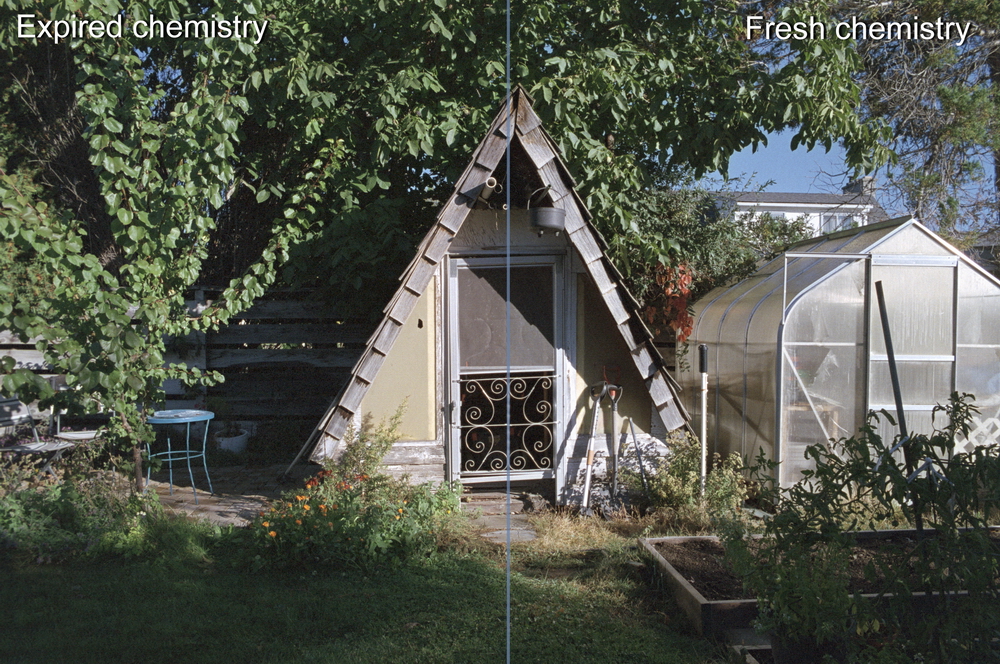
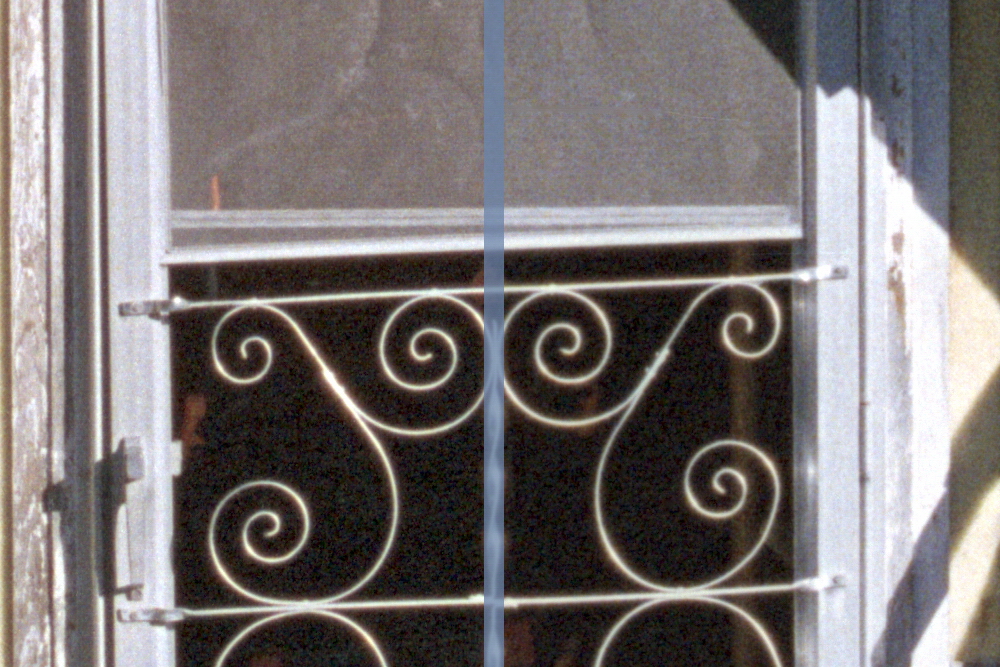
 Subscribe with RSS
Subscribe with RSS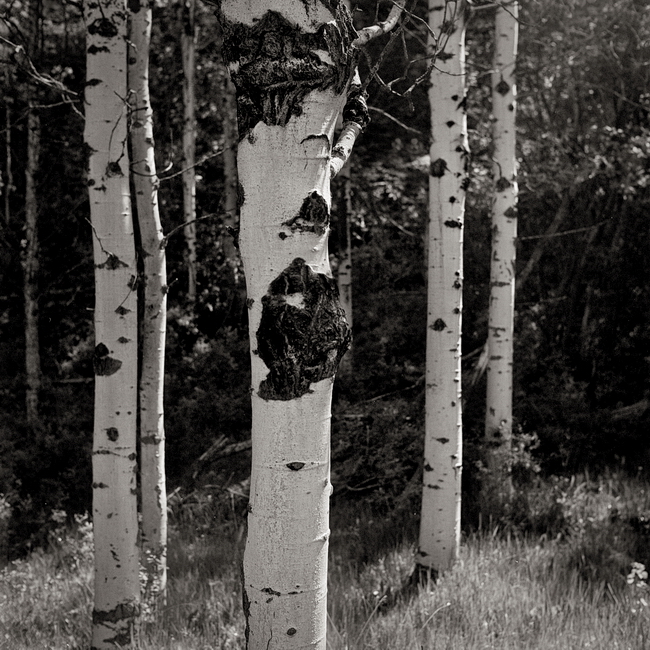

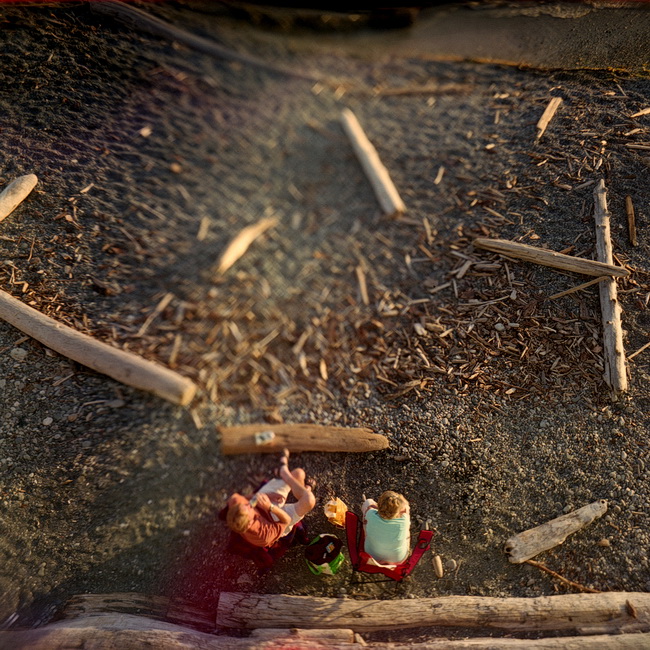

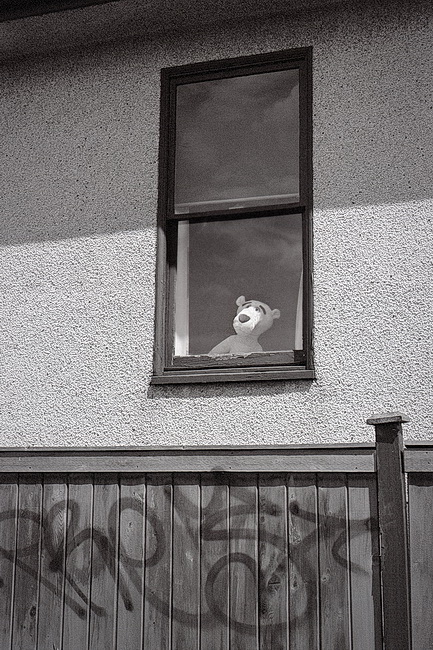



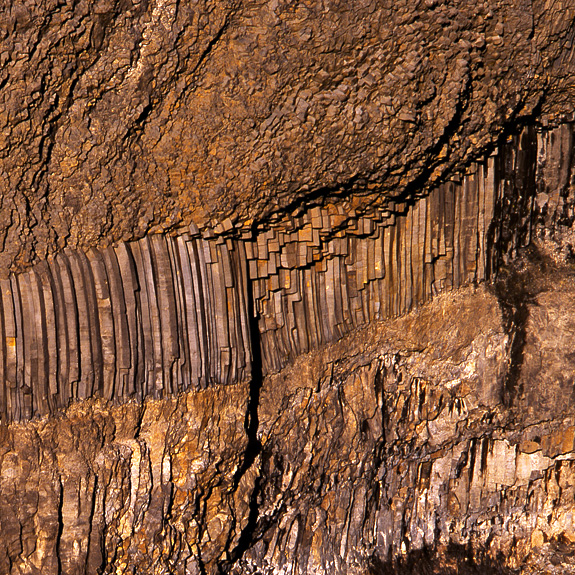
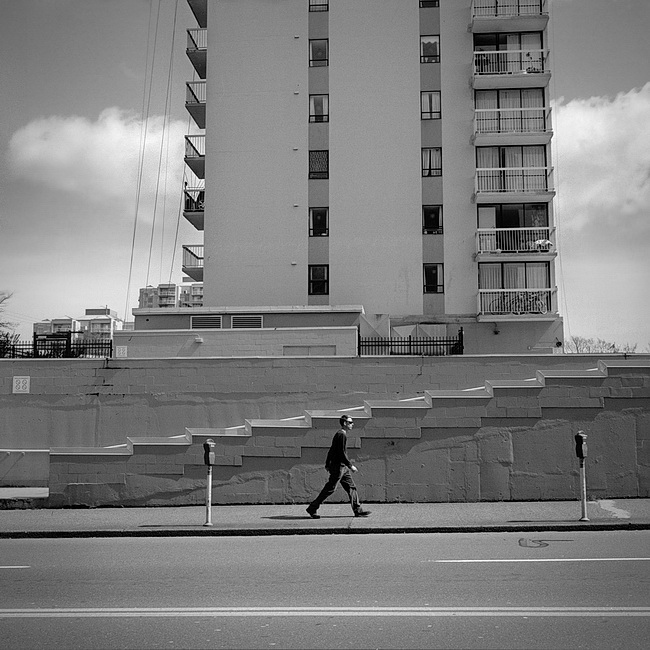
Gary,
Thanks for your efforts. I was going to try the CineStill, but was hesitant because of several reasons, the least of it having a somewhat short lifespan if one doesn’t shoot many rolls. I also like your idea of shooting a roll for short snip testing of the chemicals.
Great article on garden shed chemistry test. Thank you ~